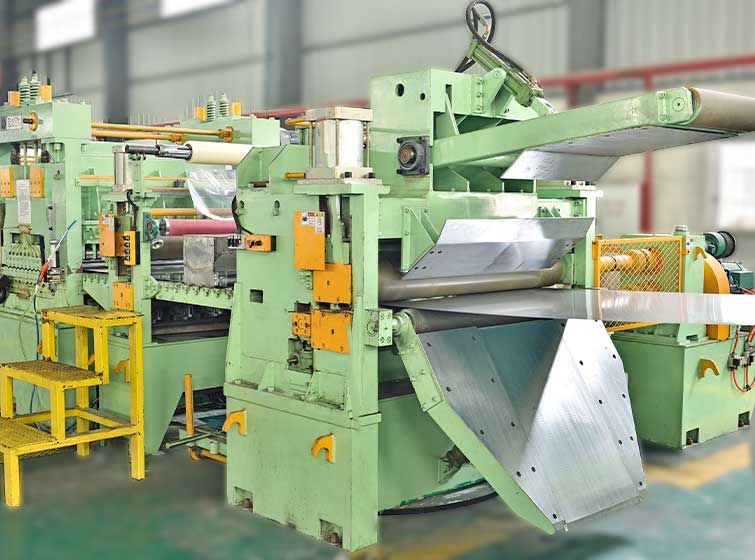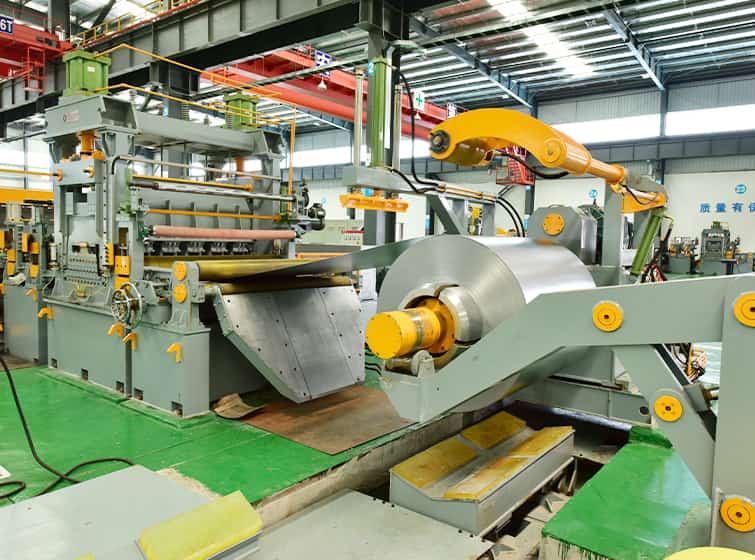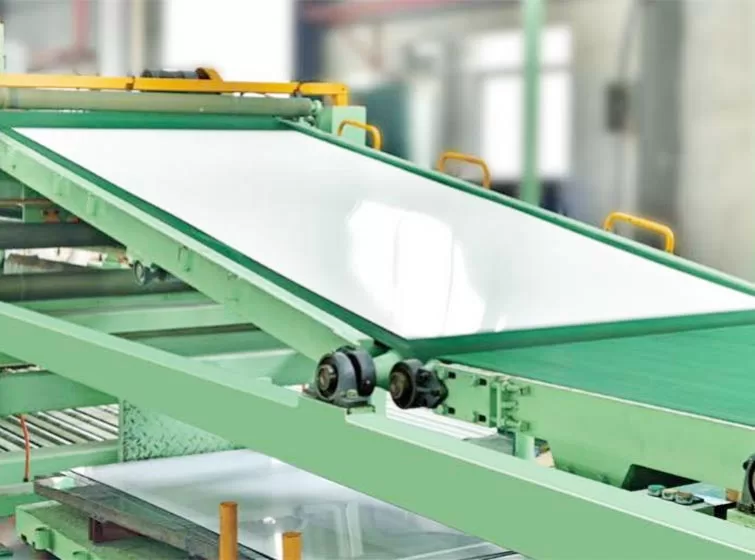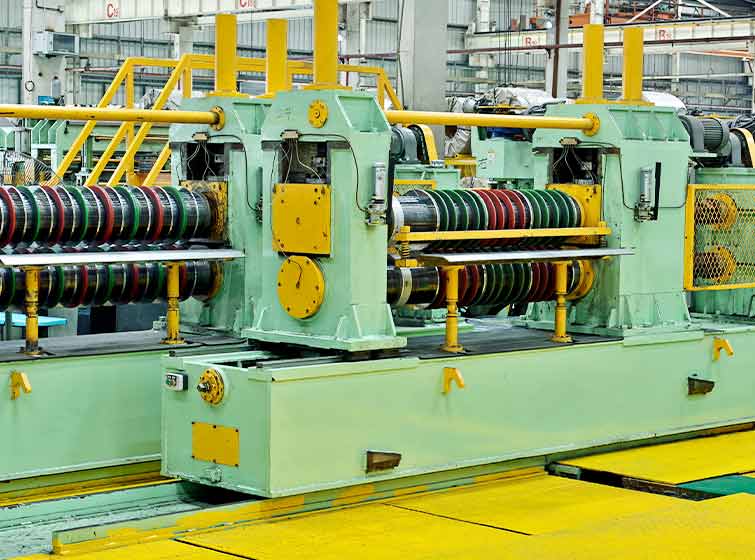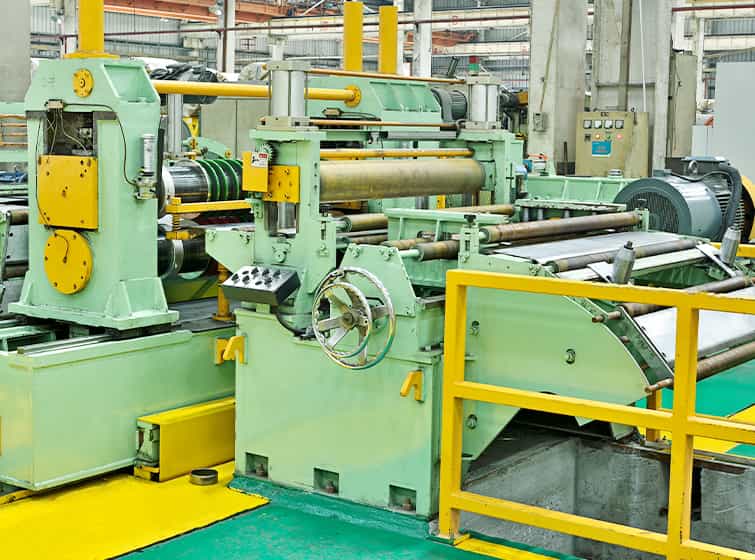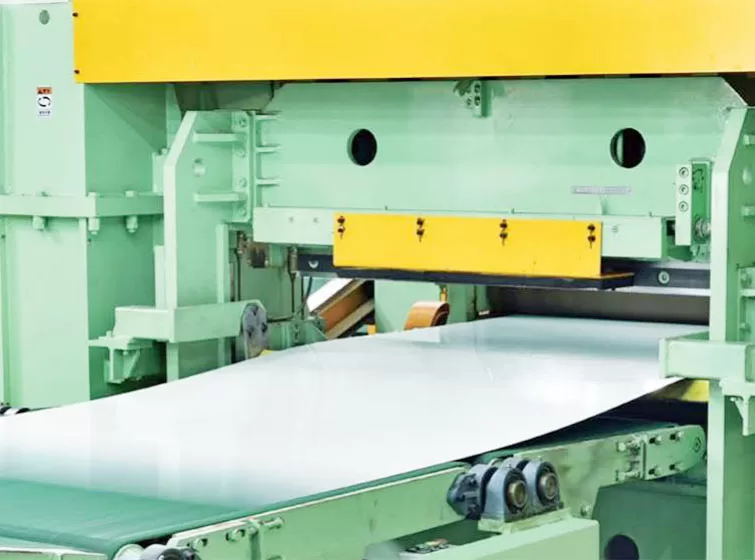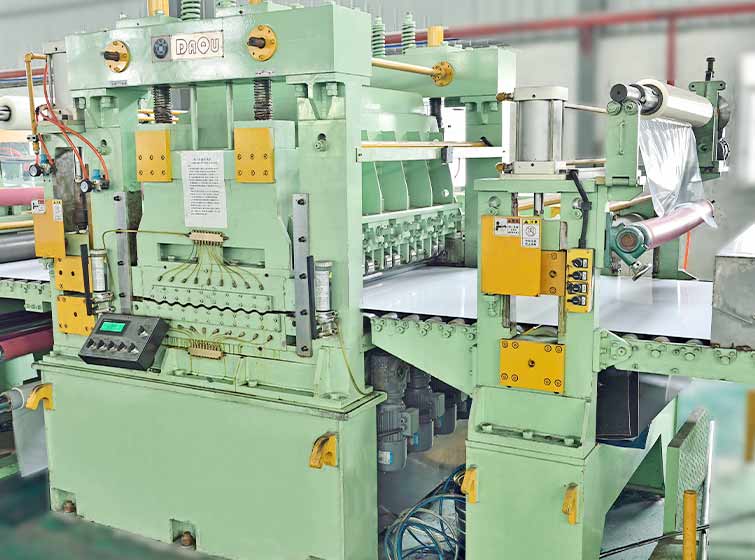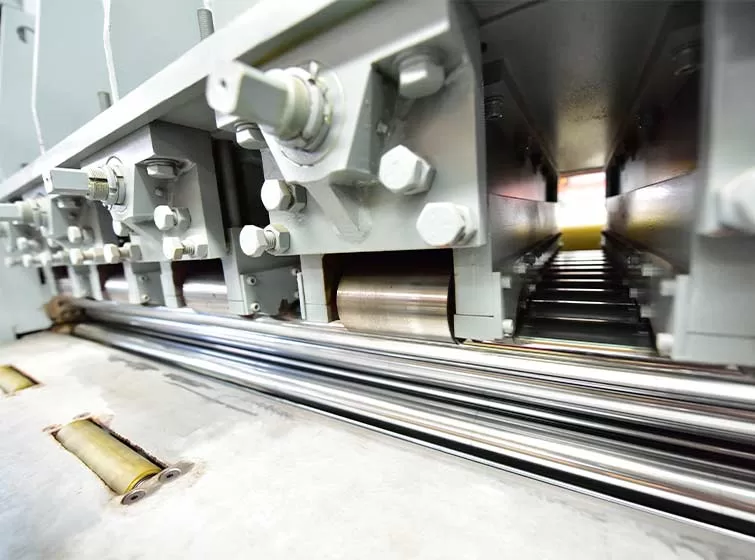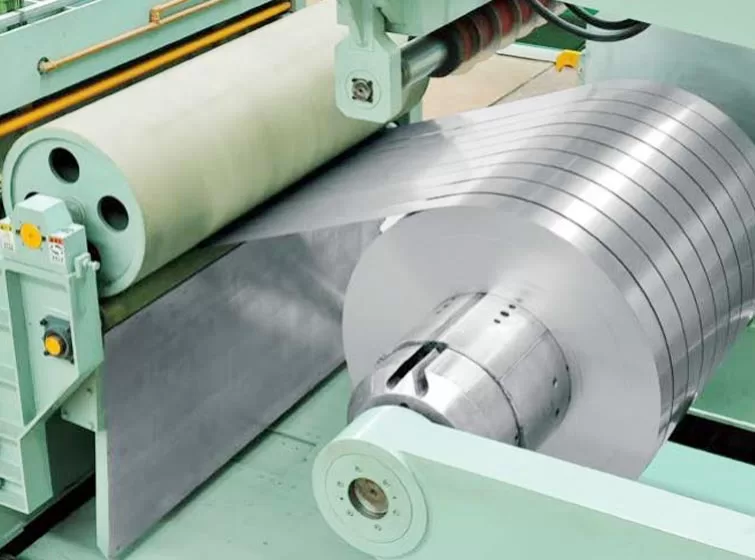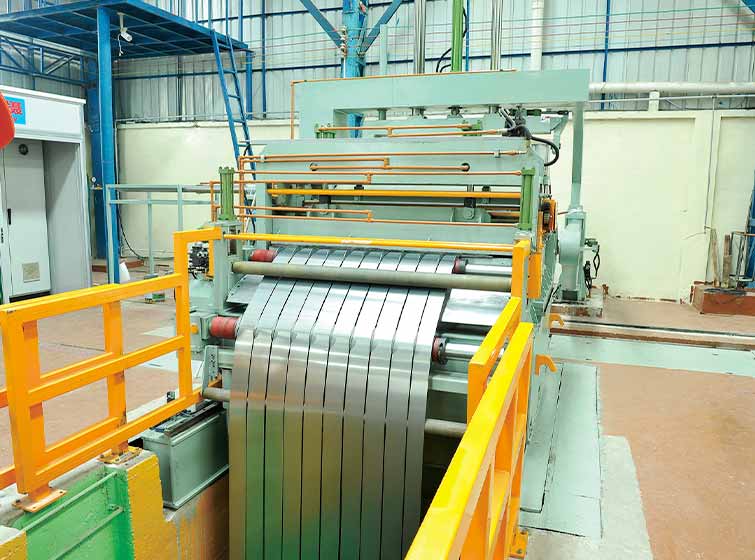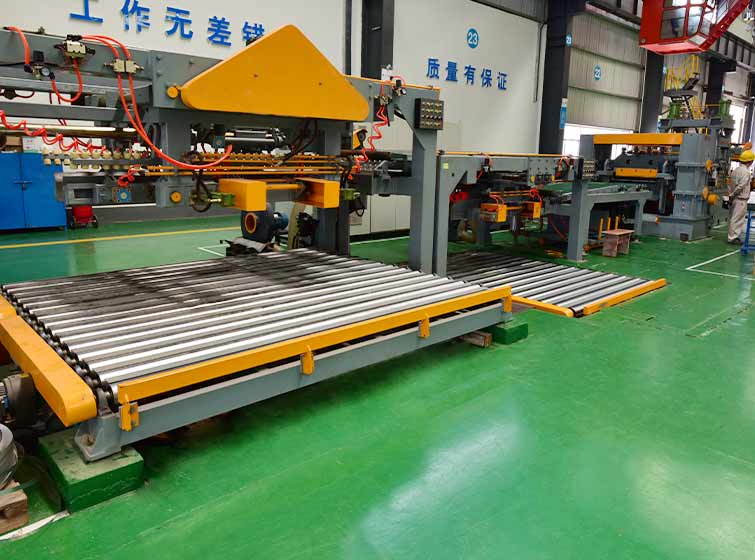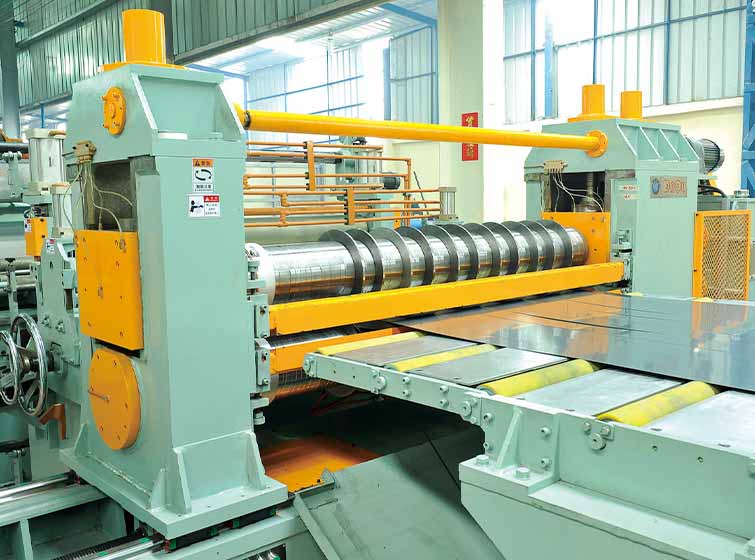Products
Understanding Steel Coil Cutting Machines- A Comprehensive Guide
In the realm of industrial metalworking, precision cutting of steel coils plays a pivotal role. Steel coil cutting machines, with their immense strength and technological sophistication, are the unsung heroes behind the creation of countless products we encounter daily. This guide aims to unravel the intricacies of these machines, providing a comprehensive understanding of their operation, benefits, and applications.
Mechanism and Components:
Steel coil cutting machines employ a powerful rotating blade that severs the steel coil into precise lengths. The blade is meticulously guided along the coil’s surface, ensuring clean and accurate cuts. The machine consists of various components, including a coil holder, blade carriage, precision leveling system, and a hydraulic or pneumatic drive system.
Benefits of Using Steel Coil Cutting Machines:
These machines offer a multitude of advantages over manual cutting methods. They significantly increase productivity by automating the cutting process, reducing labor costs and human error. Moreover, they ensure consistent cut lengths, minimizing waste and optimizing material utilization. Additionally, these machines enhance safety by eliminating the need for manual handling of heavy steel coils.
Types of Steel Coil Cutting Machines:
Based on their design and operation, there are several types of steel coil cutting machines, including:
Slitting Lines: Designed for high-volume production, these machines cut coils into narrow strips simultaneously.
Blanking Lines: Cut blank sheets of specific sizes from the coil, suitable for stamping and fabrication operations.
Edge Trimming Lines: Remove undesirable edges and defects from the coil, enhancing its quality and appearance.
Applications:
Steel coil cutting machines find widespread use in various industries, including:
Automotive
Construction
Electrical
Packaging
Appliances
:
Understanding steel coil cutting machines is crucial for optimizing metalworking operations. By embracing these advanced machines, manufacturers can achieve increased productivity, improved precision, and enhanced safety. Whether it’s for mass production or precision cutting, these machines provide a reliable and efficient solution for meeting the demanding requirements of modern industries.
